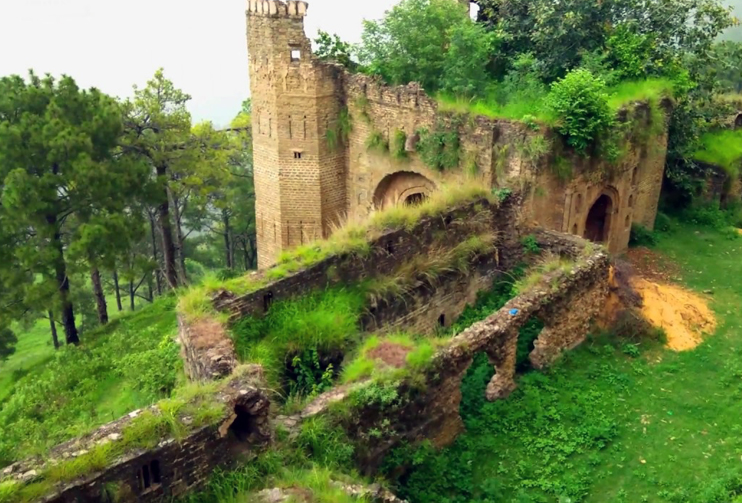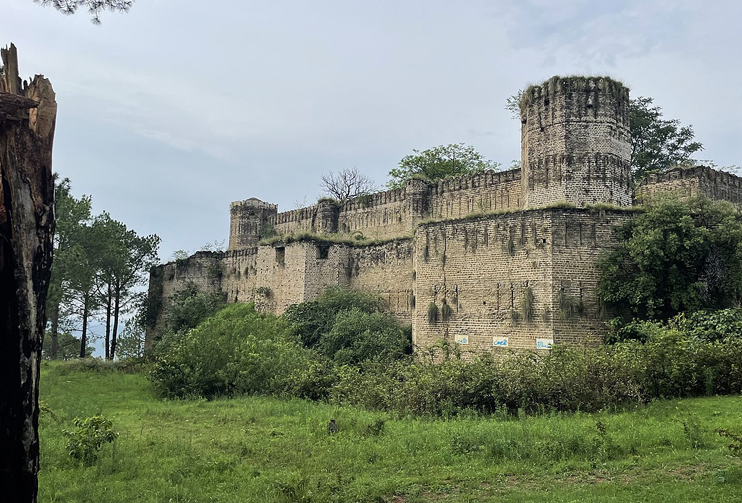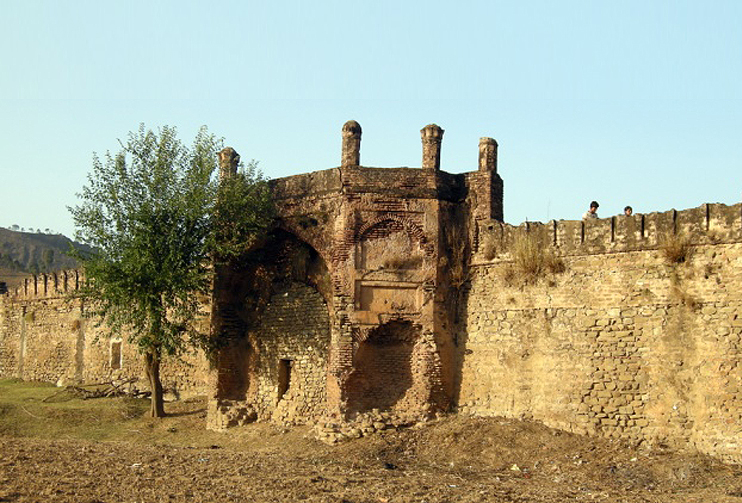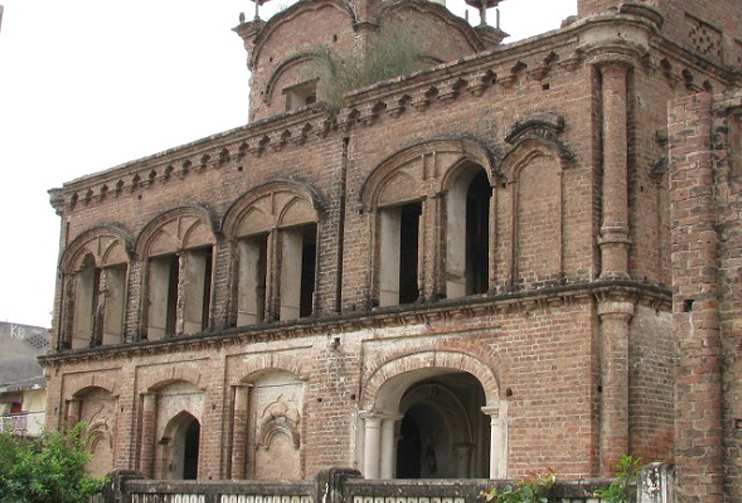Bhimber

Show Map
Baghsar Fort
The tentative period of fort was dates back to the 16th century CE (TIAC, 2014). Many believe this was the work of Mughal emperors. Some say that it was built by the Sikh rulers after they had defeated Raja Sultan Khan the last ruler of Bhimber state in 1812. According to G.T Vagine (a frequent traveler between Lahore and Bhimber) this fort was built by Gulab Singh’s brother called Deyhon Singh, who became Raja of Bhimber in 1826 (Cultural Mapping by Ajk Tourism, 2009). The Mughal emperor Jhangir on his way back from the Kashmir is said to fell ill and ultimately died in this fort (TIAC, 2016).
Muzaffarabad
Baghsar Fort



Saraa-e Saadabad (Samahani)



Saraa-e Saadabad (Samahani)
In the south east an ancient route leading toward Indian occupied Kashmir by Pir Panjal Pass. Mughal emperors travelled to Kashmir via this route and constructed many saraa-es (Bates, 1872:126). Saraa-e-Saadabad is one of them.It was constructed in 16th century on the order of Governor of Mughal emperor Ghulam Saad-ullah.This Saraa-e was used as staying camp during Mughal times for the caravans moving from Lahore to Kashmir (TIAC 2016).
Gurdawara Ali Baig
The old name of Ali Baig was Kaitan-Garh. The Ali Baig Gurdwara was built during Dogra Raj. It was considered as one of largest religious center of that time which was constructed by Sodan Singh in 1940 who came from Lahore.The Ali Baig Gurdwara is square in shape and four doors are present in all four sides.The philosophy of four doors is related to Sikhism that four religions to welcome in Gurdwara without any discrimination of caste and creed. Gurdwara was active in 19th century as indicated by slabs installed in it. Nanki bricks were used in its construction (Bhidi, 2017).
Muzaffarabad
Gurdawara Ali Baig









